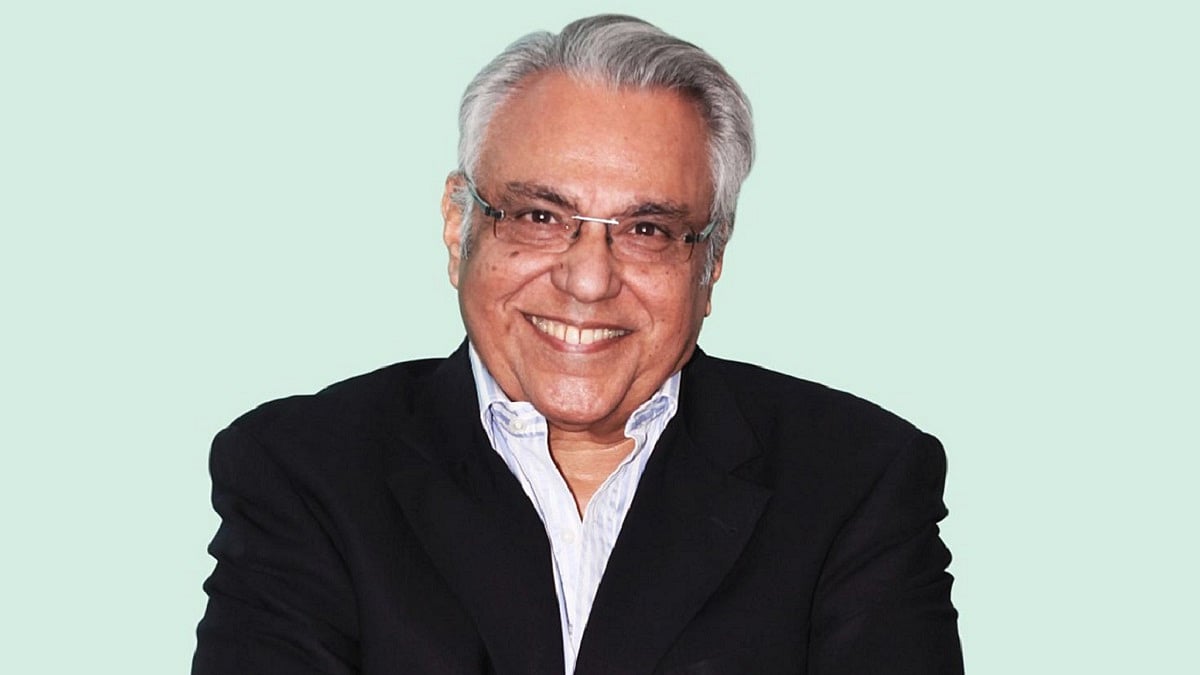The hallmark of the last decade was easy liquidity conditions and global central banks on a rate cut spree, both of which created a conducive environment for equity markets across the globe and domestically to perform. As a result, valuations across asset classes are hovering much above their long term averages. Historically, at such time when valuations are elevated, asset classes tend to become volatile, a case which is increasingly becoming visible in the Indian equities.
In 2022, it is very likely that global central banks will embark on a stimulus withdrawal measures. This calls for active management to navigate the equity market. At such times, a combination of active management and multi asset strategies is likely to provide better outcome for investors in the near term. Therefore, rather than focusing on a single asset class like equities, investors should look at a combination of other assets including debt, gold, real estate and global funds.
How different Asset Classes have performed historically

As can be seen from the performance of various asset classes over the past decade and more, every other year, the winning asset class keeps on changing. The only way to make the most in such a situation is by spreading one’s allocation across asset classes which is achieved through multi asset funds. For example: In case of ICICI Prudential Passive Multi Asset Fund of Funds, the allocation is Domestic Equity (25-65%), Debt (25-65%), Gold (0-15%) and Global Equities (10-30%). Equity provides the growth element through capital appreciation while debt renders the much need stability to the portfolio. Gold, meanwhile provides hedge against inflation.
Listed below are five reasons why investors may consider multi-asset scheme in current market environment.
Asset Class Diversification: A strategic allocation to multiple asset classes ensure that the portfolio does not suffer from undue pressure if a certain asset class were to face a sharp correction or volatility. Generally, all asset classes do not outperform or underperform together. By diversifying, the relative risk associated with the portfolio gets reduced to a large extent.
Relatively Stable Portfolio: As multi-asset fund is widely diversified; such funds reduce risks arising out of a concentrated portfolio thus delivering better risk-adjusted return over the long term.
Hedge against Inflation: The presence of gold in such schemes offer investors a hedge against inflation. So, investing in such schemes enables investors to have the dual advantage of inflation-beating return and a hedge against inflation.
Exposure to all equity categories: In a multi-asset fund, investors' exposure to equity is diversified across large, mid and small caps. Furthermore, in certain schemes there is an element of international equities exposure as well. This takes the diversification strategy one step further. As per the market conditions, such schemes can also take sector deviation compared to the benchmark which helps in generating relatively better returns in the long term.
Diversified Debt Portfolio: Multi-asset fund invests across a gamut of debt instruments, ranging from fixed deposits, CDs, NCDs, Bond and Government Securities to name a few. Depending on the various macro factors like inflation, interest rates, economic activities and global central banks' policy stance; multi-asset schemes strategically change their allocation to different debt instruments in order to yield risk-adjusted returns.
Taxation: For a lay investor when rebalancing the portfolio which entails booking profits in one asset class and investing in another asset class, each transaction attracts taxation, be it short term or long term. As a result, the practise of continuously rebalancing the portfolio could prove to be a less than optimal experience. At the same time, when such an exercise is done by the fund house in a multi asset fund, investors do not attract taxation, making it a much more tax efficient route of investing across asset classes.
To conclude, a multi asset scheme offers the best of various asset classes within a single fund. So, if you are investor looking to invest across various asset classes, then multi asset category fund is a worthy consideration.
(The writer is Head Product and Strategy, ICICI Prudential MF)












